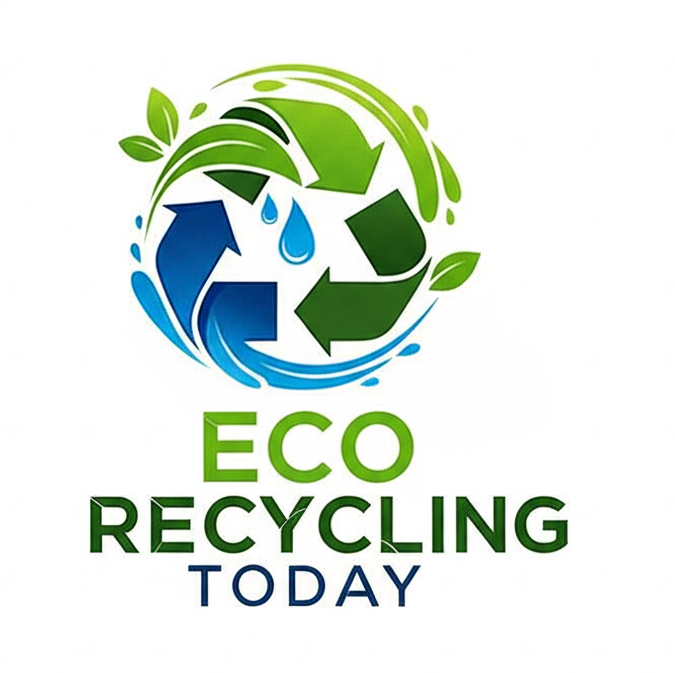Old refrigerators don’t just take up space—they pose serious environmental risks if not properly disposed of. From ozone-depleting refrigerants to valuable metals and plastics, these appliances require specialized recycling methods. Thanks to advancements in refrigerator recycling technology, we can now dismantle and reuse them safely and efficiently.
Why Is Refrigerator Recycling Important?
Refrigerators contain:
- Refrigerants like CFCs, HCFCs, or HFCs (harmful to the ozone layer or climate)
- Compressor oils that can contaminate soil and water
- Insulating foams with ozone-depleting substances
- Metals, plastics, and glass that are valuable and recyclable
Improper disposal leads to toxic leaks and increased greenhouse gas emissions. Proper recycling ensures environmental protection and resource recovery.
Refrigerator Recycling Process
1. Collection and Sorting
Old fridges are collected via:
- Manufacturer take-back programs
- Municipal recycling services
- Retailer appliance trade-ins
- E-waste collection events
Units are sorted based on model and refrigerant type (e.g., R-22, R-134a, R-600a).
2. Refrigerant and Oil Removal
Before dismantling, the refrigerant gas and compressor oil must be safely extracted:
- Vacuum pumps and sealed systems recover gases
- Gases are either reused, destroyed, or converted to less harmful forms
- Oils are filtered and reused or disposed of following hazardous waste protocols
This step is heavily regulated due to the climate impact of escaping refrigerants.
3. Manual and Mechanical Disassembly
Technicians remove:
- Compressors and cooling coils
- Electrical wiring and switches
- Plastic inner linings and insulation foam
- Doors, shelves, and metal casing
In modern facilities, automated lines cut and crush refrigerators in sealed environments.
4. Foam and Insulation Recovery
The insulating foam contains CFCs or HFCs trapped inside:
- Shredding is done in closed systems to prevent gas release
- Gases are captured and treated
- Foam can be processed into fuel or recycled into building materials
5. Material Separation
Advanced technologies recover valuable materials:
- Magnetic separators isolate steel
- Eddy current separators extract aluminum and copper
- Optical and density sorting handles plastic types (like ABS or polystyrene)
- Glass and rubber components are crushed and reused in construction or manufacturing
Benefits of Refrigerator Recycling Technology
- Prevents Ozone Depletion: Proper gas capture protects the ozone layer and climate
- Reduces Landfill Waste: Bulky appliances are kept out of landfills
- Recovers Valuable Materials: Metals, plastics, and oils are reused
- Complies with Environmental Laws: Meets regulations like WEEE and EPA standards
- Supports Circular Economy: Reduces the need for virgin raw materials
Innovations in Refrigerator Recycling
- Closed-loop gas recovery systems that prevent even trace refrigerant leaks
- AI-driven robotic dismantling for safer, faster separation
- Cryogenic foam treatment to break down insulation safely
- Blockchain tracking for monitoring each unit’s lifecycle from collection to disposal
How to Recycle Your Old Refrigerator
- Use manufacturer take-back programs (e.g., LG, Samsung, Whirlpool)
- Schedule a pickup with certified e-waste or appliance recyclers
- Contact your city’s waste management service for bulk appliance disposal
- Donate working units to charities, if energy-efficient and in good condition
- Always choose recyclers certified under R2, e-Stewards, or your country’s recognized standards.
Refrigerator recycling technology ensures that old fridges don’t become environmental hazards. With safe gas removal, high-value material recovery, and modern automation, the industry is creating a cleaner, greener way to manage large household appliances. Make the responsible choice and recycle your fridge the right way.
